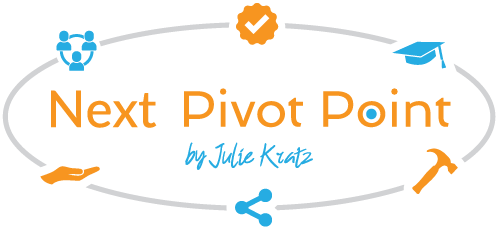Equal Pay Day is in April
In honor of Equal Pay Day, I am sharing what it is, why we all benefit from everyone being paid equally, and simple steps you can take to be a part of the solution vs. the problem.
How did it get started?
The day was originated by the National Committee on Pay Equity (NCPE) in 1996 as a public awareness event to illustrate the gap between men’s and women’s wages. They chose this date to symbolize how many days women, and people of color, must work to earn what men earned in the previous year.
This is still a problem today.
First, I want to address the number one challenge I get in my diversity, equality, and inclusion work. The denial that this is a problem today.
To clarify, this IS still a problem. According to the Equal Payback Project, here is where we sit today. In 2019. While these statistics are sobering for white women, they are far worse for women of color, who continually fight the double bind of gender and racial bias.

If you are like me, these statistics make you feel comfortable. You are confronted by your own privilege. I do not like knowing that I have privilege over other women of color. Just because they are born a certain race living in the United States, they do not have the same access to opportunities. Despite similar qualifications and education, they will not get the jobs that white women and men will get. I want to be a better ally to women of color because it is the right thing to do for all humans.
Women and minorities are known to be discriminated in the hiring and performance review processes at nearly every level. According to Kathy Caprino, a Forbes contributor, “women’s perceived competency drops by 35% and their perceived worth falls by $15,088 when they are judged as being “forceful” or “assertive.” Words we are far less likely to associate with men. We can call men “confident” and “competent” instead.
In fact, new research from Harvard Business Review shows that “when men add humor to a business presentation, observers view them as having higher levels of status (that is, respect or prestige) within the organization, and give them higher performance ratings and leadership capability assessments compared to when they do not include humor. However, when women add the same humor to the same presentation, people view them as having lower levels of status, rate their performance as lower, and consider them less capable as leaders.”
This is not fair to anyone. Our brains are hardwired to recognize patterns and make assumptions. We all have bias. It is about understanding your own and having intervention strategies to overcome them in the moment before taking action.
Check your bias.
Think that you are above this? Check yourself to be sure. Two tools that can help you get a pulse on it that are complimentary are:
- Free online assessment that only takes 10 minutes at https://implicit.harvard.edu/implicit/
- The “Flip It to Test It” video at https://www.youtube.com/watch?v=Bq_xYSOZrgU
I am a certified unconscious bias trainer from the Cultural Intelligence Center and facilitate virtual and in person workshops on unconscious bias in the workplace. If you are interested in learning more, simply connect with me at Julie@NextPivotPoint.com. You do not have to approach this difficult topic alone.
I do this work because I believe we are stronger together. We are ONE.
We know that gender equality is a candid conversation.
That is why our website is packed full with resources to have this candid conversation, including:
- “Five Questions to Get the Gender Equality Conversation” discussion guide
- “Pivot Point” podcast season two with expert interviews on Candid Conversations
- Our 2-minute speaker reel showcasing what we do and why we do it
Stay in touch and get the latest posts and podcasts. Follow us @nextpivotpoint on social media.

